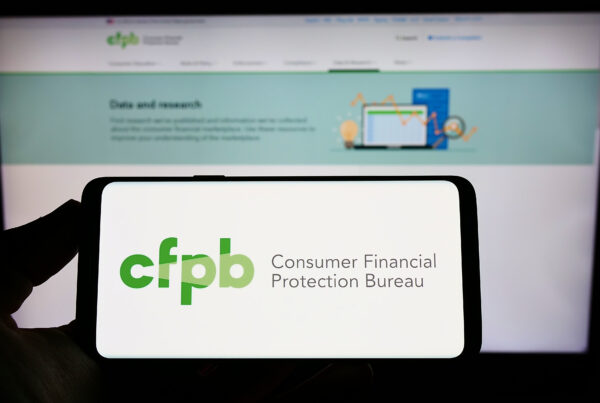By Barbara O’Neill, Ph.D., CFP®, [email protected]
A costly, but popular, way to purchase household goods is rent-to-own (a.k.a., lease-to-own) plans. The rent-to-own (RTO) industry began in the 1970s with a limited selection of goods to offer consumers. Most of the items were low-end furniture and appliances. Today, RTO is an $8.5 billion industry with approximately 9,200 stores nationwide serving 4.8 million customers per year. RTO merchandise includes high-end electronics and computer equipment, household appliances, furniture, and jewelry. Items are usually of good to high quality.
RTO agreements consist of a rental contract that is renewed weekly or monthly. Typical terms are 78 weeks or 18 months. RTO items often end up costing 3 to 4 times their retail value. If customers pay $15 a week for a television that costs $350 retail, after 78 months, they will pay $1,170 ($15 x 78), more than enough for 3 television sets. Other fees may also be charged. For example, insurance on an item protects the store and the consumer in case a rented item is damaged or stolen. This may cost $1 per week or an additional $78 over the loan contract.
Some reasons why people choose to rent-to-own include:
- Low Weekly/Monthly Payments – Many consumers do not care about the total cost of an item. Rather, their only concern is whether they can afford the minimum RTO payment.
- No Credit Check and Down payment – RTO consumers do not have to go through a credit check. Also, little or no money is needed upfront.
- Quick Access to Goods – RTO stores provide immediate access to leased items. Some also provide free delivery, set up, and/or service calls to repair leased items.
- Payment Flexibility- RTO customers can return leased items if they cannot make payments or are moving and won’t need them anymore.
- Ownership Potential- While some RTO customers simply plan to use items for a certain amount of time, others will eventually own their rented items if they make sufficient payments.
One of the hottest trends in retailing today is rentals. CO, a website for business owners notes that “there is a growing population of consumers who are willing to pay good money for the privilege of not having to own something.” Not surprisingly, many department stores and home improvement stores now offer product leasing arrangements. Affiliated leasing companies purchase their products (e.g. refrigerators) and lease them to consumers. The retailers, themselves, do not have to provide financing or perform customer credit checks.
One well-known retailer that provides a leasing plan for its big-ticket items (e.g., televisions, pools, patio sets, and washers and dryers) requires a down payment and a minimum of five months of lease payments that can be made weekly, twice a month, or monthly. After the five-month minimum term is met, consumers can continue the lease, buy the item outright, or return the leased item to its affiliated leasing agent.
The list of items that can be leased to own (or not!) in 2020 is large and includes furniture, auto tires and rims, electronics, jewelry, smartphones and even dogs (usually purebred puppies). Unfortunately, with the latter, there have been reports of people not realizing that the cost of their dogs would double or triple, or that they wouldn’t even own their pets after a specified number of payments without paying more money. Lessees beware!
What do you do if you can’t afford to buy something outright? Consider a less expensive option to leasing-to-own: save instead of rent. Save $15 per week for six months and you’ll have the cash to buy a $350 television.
Note: References to commercial companies are for illustration purposes only and do not imply any endorsement by OneOp, Cooperative Extension, or the U.S. Department of Defense.
Photo by 8777334 via Pixabay.com, CC0













